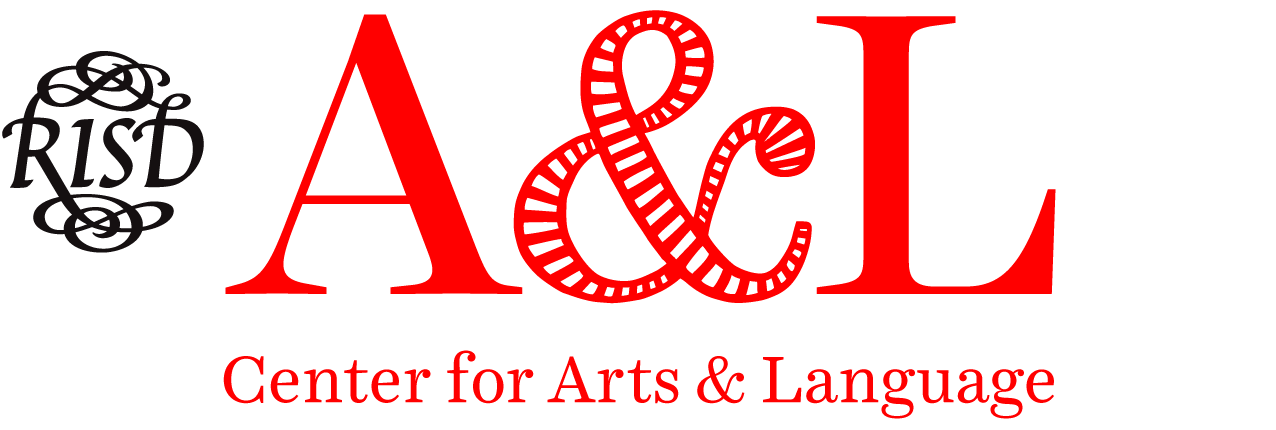Artist Statements
An artist statement is a brief (usually one page) text that describes and contextualizes the artist’s work, ideas, and intentions. Ideally, it is informative, engaging, and memorable to the reader. While it is a professional document—often included in grant applications, promotional materials, and the like—it is also an expressive form.
Some of the artist statement guides you’ll find in books and on the internet suggest a fill-in-the-blank model for scribing your statement. You’ll also find many warnings about what not to include (philosophical asides, art-world language, etc.). Take such checklist and minefield advice with a grain of salt: structures and guidelines can be helpful, but give yourself room to experiment. Some of the most effective artist statements are ambiguous rather than explicit, poetic rather than literal, playful or political rather than safe. In short, you want to honor your work and your voice, and there’s no one-size-fits-all way to do that.
That said, here are a few questions you might consider when beginning to draft your statement. In the end, your statement might cover only one of these points, or some of them, or none of them.
Who are you? (focus on telling autobiographical details that relate to your work)
What do you make? (name your medium[s], give examples of specific works)
What materials, techniques, and processes do you use?
What subjects/ideas are you interested in? (cultural contexts, political issues, etc.)
Who are some of your artistic influences? (address formal, conceptual, and
intentional connections)What motivates or inspires you?
Unique strategies we’ve noted:
Tell a story or narrate a memory that suggests an origin point or essence of your work.
Quote from a favorite saying, poem, or song that embodies your work.
Use active language that creates images in the reader’s mind, as a verbal parallel
to your work.Date your statements; there’s something freeing about marking the statement as
a snapshot at a moment in time rather than a mandate set in stone.
Generative writing practices to experiment with:
Try timed free-writing; set your clock for 10 minutes and just write, without
self-censoring.Brainstorm before you write, using lists, mind maps, and outlines.
Ask friends who know your work for feedback.
Strive for a natural voice; you needn’t sound like a professor or critic.
Revise and rework.
Look at these models for inspiration:
A&L’s collection of samples
The CUE Art Foundation’s website has artist statements accompanying documentation of every exhibition
Theories and Documents of Contemporary Art: A Sourcebook of Artists’ Writings is one of many excellent anthologies of artist writings in general, including statements (A&L houses a copy; stop by to sit and read)
